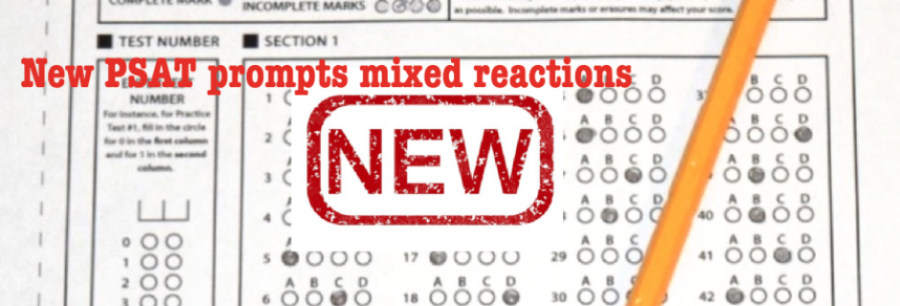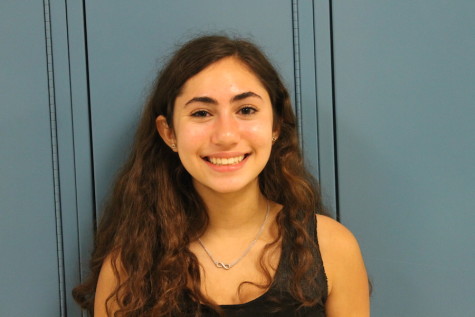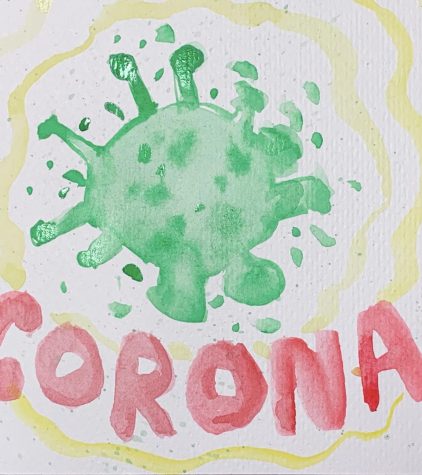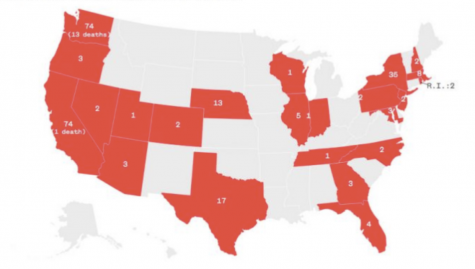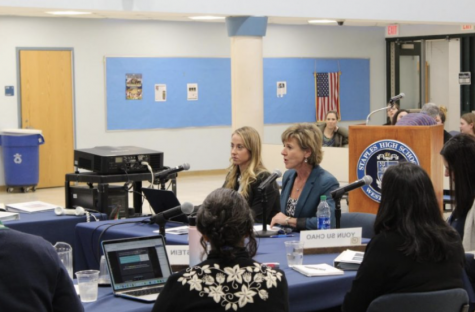New PSAT prompts mixed reactions
On Wednesday, Oct. 14, the redesigned PSAT/NMSQT was administered for the first time to juniors and sophomores both at Staples and nationally. The PSAT was conducted in preparation for the redesigned SAT beginning in March of 2016.
According to the College Board, key changes include a 30-minute extension to total timing, 139 total questions instead of the old 125 total questions and an evidence based reading and writing section that focuses on “knowledge, skills, and understanding.” The new PSAT also includes vocabulary in context more so than the old PSAT which had a “greater emphasis on general reasoning” and vocabulary in limited contexts, among other changes. The College Board has only released one official, full-length practice PSAT and limited preparation materials are available.
“The same types of questions as the old SAT were on the new PSAT, but there was less variety in question type,” Katherine Weinshenck ’17, who has been preparing to take the old SAT this November for the last time it is offered, said. “The tricks you learn for the old SAT still somewhat apply, but I think it is harder to outsmart this test,” she added.
For many juniors currently preparing for the ACT, an alternative standardized test to the SAT that is known to be more content-based than reasoning-based, reactions to the PSAT had a wide range.
“I almost had a nervous breakdown during the math,” Sara Parower ’17 said, whereas others thought, “the math was super easy. It seems intimidating but it’s not,” Julie Kaplan ’17 said.
Students complained that the PSAT math section contained many difficult and unanticipated application problems and required long division and long multiplication skills to be dug up from elementary school days. On a more positive note, students like Megan Brown ’17 found the required selection of textual evidence to support certain answers in the reading section to be helpful.
Although testmakers claim the redesigned PSAT to be more aligned with the curriculum of school classes, “There were some parts of the math that I felt like I haven’t learned and was just really confused,” Jack Norman ’17, who has not begun studying any standardized test material and had done no prior preparation for the PSAT, said.
For students like Zoe Samuels ’17, who took a four-week-long prep course for the PSAT which included taking the full-length practice test in an officially timed setting, the Oct. 14 test was on par with expectations.
“I felt prepared in the sense that I knew what to expect, but I don’t think the course helped much with learning the actual material,” Samuels said.
Although standardized tests like the ACT and SAT are traditionally taken in junior year or the beginning of senior year, the PSAT was also available to sophomores as a baseline and practice.
Kayla Bilotti ’18, whose only standardized testing experience has been with the CMT, found the PSAT to be much easier than she imagined. “I think [taking this test] will definitely help calm my nerves,” she said. “Many people feel the opposite way, that this just brings on the stress of college earlier, but I found it very reassuring.”
Despite the drag of a nearly three hour standardized test, students can now chime in with the many PSAT jokes trending on social media applications such as Instagram and Twitter. “I’m glad I now know that tilapia fish like warm water,” Weinshenck said with a laugh.
Although the exact date has not yet been determined, scores should be released to students by mid January.













































